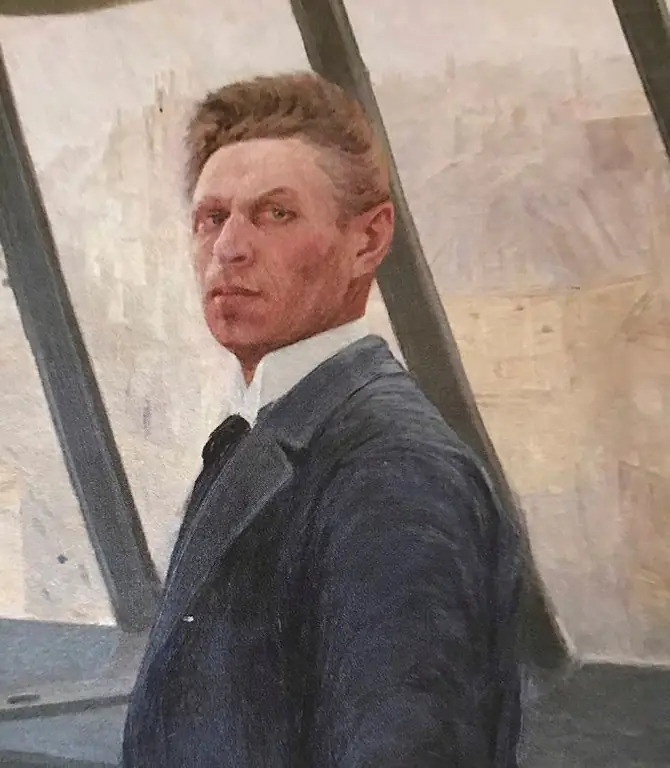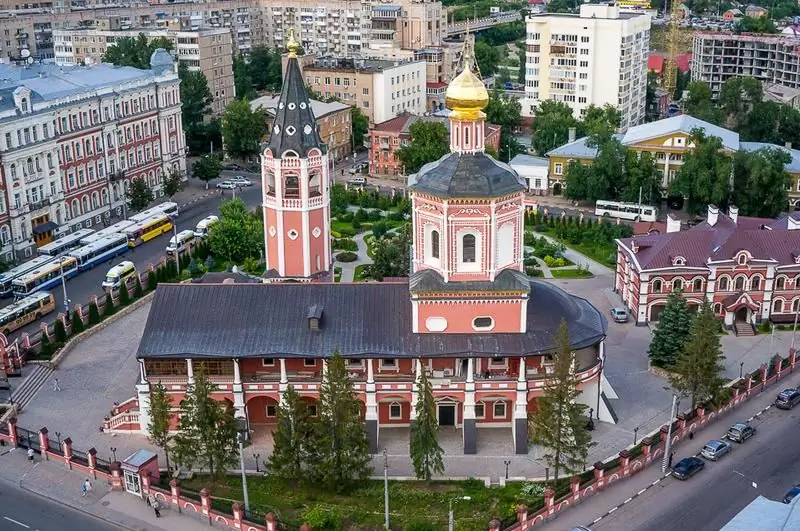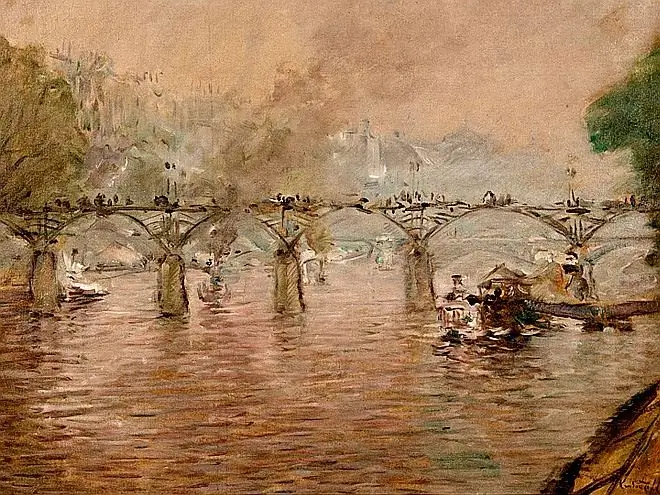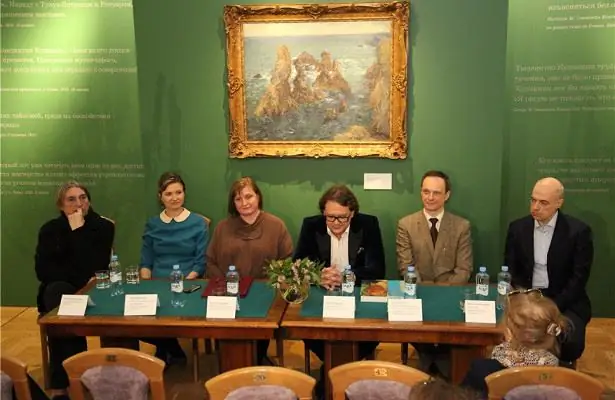- Author Antonio Harrison [email protected].
- Public 2023-12-16 07:44.
- Last modified 2025-01-22 21:44.
To give up everything, give up big money and a reliable profitable business in order to become a painter - very few people decide on this. This hero did just that and was happy.

When it comes to the people of the Silver Age art, the fate of the hero must be tragic. This rule does not work for Konstantin Kuznetsov. This man was completely consistent with his generation in spirit, but his rebellion against the gray reality brought him success. The only mistake he made was that he rarely visited his historical homeland. Only in 2019 did the Russians get to know his work.
Childhood
The Kuznetsov merchant family was famous in Astrakhan. The eldest son Pavel inherited his parents' house in the village of Zhelnino near Novgorod. There were born three of his heirs, Constantine, Peter and Filiter. Kostya was born in August 1863. His father wanted his children to be friendly and continue the family business - by 1880 Pavel, together with his brothers, created a large trading company.

While the parent went on business to Astrakhan and was engaged in business, the boy grew up in an atmosphere far from the secrets of trade. It was decided to give him a classical upbringing, so that, having inherited great finances, he would be included in the high society. The child learned to play the flute and piano, drew a lot. He chose the last hobby for himself. Acquaintance with the canvases of Isaac Levitan and Ivan Shishkin made our hero want to repeat what he saw on his own. As a teenager, Kostya announced that he wanted to become an artist.
From hobby to profession
A wealthy father saw nothing bad in his passion for painting. When in 1892 his heir went to Saratov and entered the art studio at the Academy of Fine Arts, it seemed that the young man just wanted to take a vacation and enjoy his favorite pastime. Among the students, Konstantin met Viktor Borisov-Musatov.

A new friend surprised Kuznetsov - a hunchback obsessed with painting offered to drop everything and go on a journey for inspiration. Daring words resonated in Constantine's heart. In 1896 he left for Europe. Our hero wandered through the cities where the most extraordinary masters of their time lived and worked. Getting to know them, mastering their technique, he received an education that could not be given to him in ordinary art schools. In Paris, he met Fernand Comont, who recently traveled to Africa and was recently promoted to head of the National School of Fine Arts. Impressed by his mystical canvases, the young artist trained for a year in his workshop.
Final decision
The merchant's son returned to Russia with the confidence that he would pursue a career as a painter. He made friends among the ministers of the muses and with relatives who were engaged in trade, he already had nothing to talk about. At one of the parties of like-minded people in Moscow, Konstantin met Alexandra Samodurova. The girl was also fond of painting. Common interests became the prologue to changes in personal life. In 1900, the couple got married and left for Paris.
In the French capital, the newlyweds settled in Montmartre and quickly found mentors for themselves: the husband chose Humbert's workshop, and his wife entered the Rodolphe Julian academy. Here Kuznetsov became better acquainted with the fashion trend, which was called expressionism. As the subjects for the works, the guest from Russia chose what he observed around him - the landscapes of Paris and Normandy, where he rested in the summer. Debuting with paintings in this style, he received recognition. The audience liked the realism and sincerity of the author.

Confession
Having won the hearts of the French, Konstantin Kuznetsov got the opportunity to earn a living. His wife gave birth to four children, and in 1907 the family moved to Montparnasse. The couple taught their kids French and Russian and encouraged them to be creative. Later, each of them will contribute to the rapprochement of the two cultures.

The works of the fashionable painter were readily accepted for exhibitions and purchased. The first personal exhibition of Kuznetsov took place in the "Marsan" gallery. Critics found that the original style of painting and the peculiarities in the transmission of light on the artist's canvases make his paintings true masterpieces. Such high praises reached the heirs of the connoisseur of the excellent collector and patron of the arts Pavel Tretyakov. Members of the Board of Trustees were able to see the works of a gifted compatriot and purchase several of them.

Away from home
Our hero could not help but yearn for his homeland. Kuznetsov still had friends in Russia, so in 1903 he was invited to an exhibition of the Moscow Association of Artists. The foreign celebrity came to the liking of the Russian audience, therefore the author's canvases appeared in the capital and at the following exhibitions. In 1905, the painter became a member of the community, which helped him present his work to his compatriots. Konstantin Kuznetsov was able to visit Russia for the last time in 1910.

The First World War and the Revolution in Russia for a long time tore the painter away from the Fatherland. In the 1920s. his daughter Elena translated Nikolai Gogol's "Via" into French, and her father helped her prepare the publication by drawing illustrations. The biography of Kuznetsov closed the way for him to the Soviet Union - who would have believed that the merchant's son abandoned his rich inheritance in order to serve art. The artist died in December 1936.






